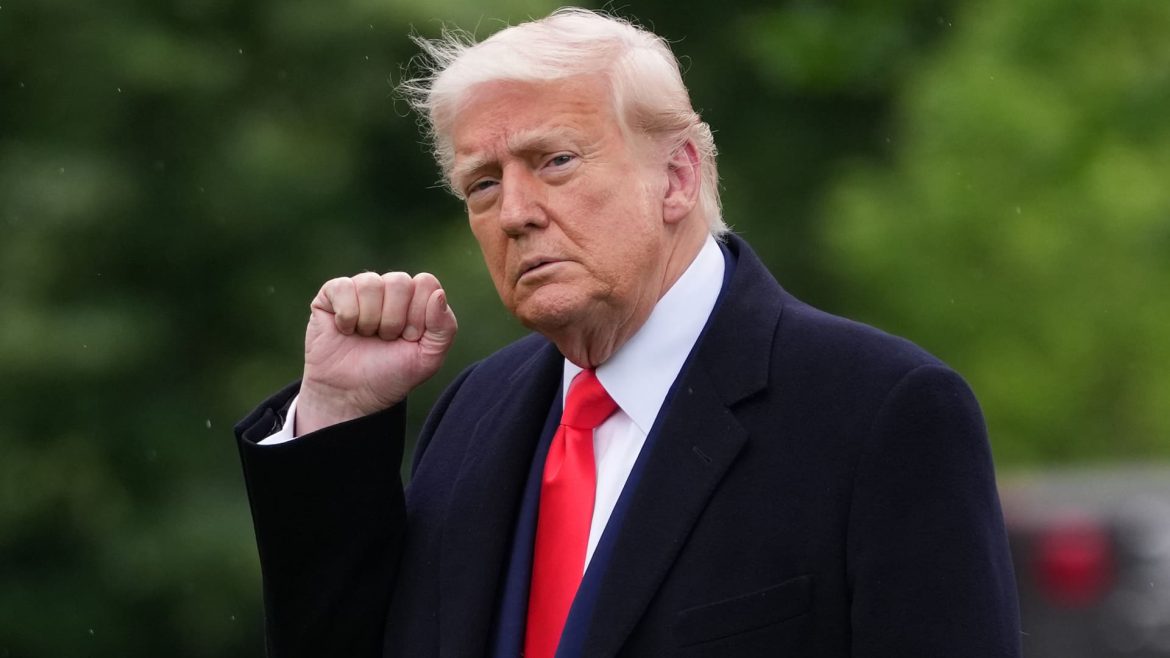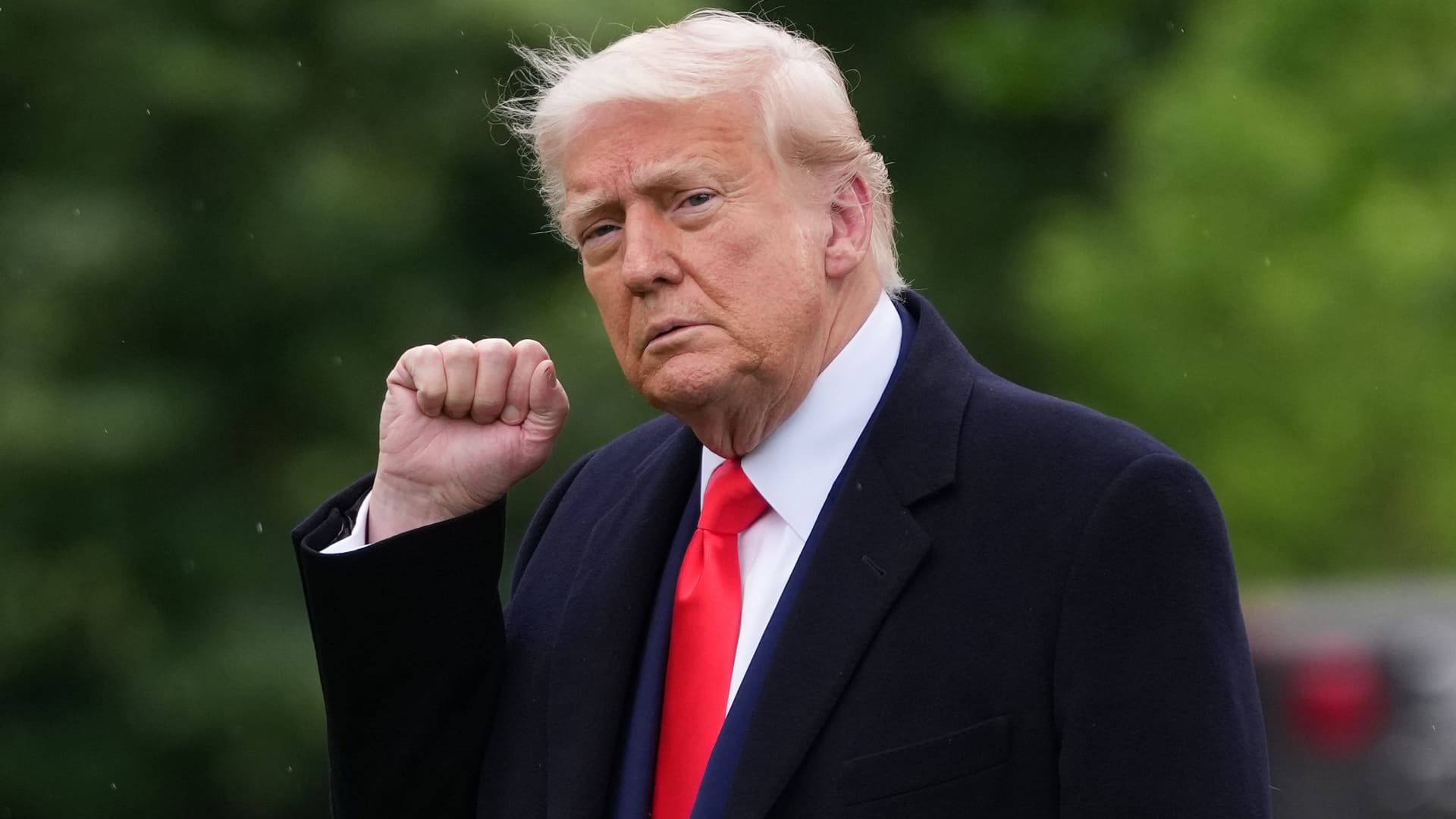The Complex Interplay of Trump’s Tariffs and Apple: Insights from Jim Cramer
Apple’s trajectory in the face of President Donald Trump’s tariff policies reveals a nuanced interplay of risk, opportunity, strategic response, and market sentiment. Jim Cramer, CNBC’s outspoken market analyst, offers a layered perspective on how tariffs affecting China–the critical supply chain hub for Apple–have influenced the company, its foreign competitors, and the broader market ecosystem. This analysis explores the multifaceted dimensions of Cramer’s commentary regarding Trump’s tariff threats, with a focused lens on Apple’s challenges, adaptations, and the ripple effects felt by industry peers and investors.
Apple’s Vulnerability Under Tariff Pressure
Apple’s global manufacturing and supply chains, heavily reliant on China, encounter formidable disruptions from escalating tariffs. Cramer highlights that if tariffs are imposed or increased on Apple products—particularly the iPhone, which is Apple’s flagship product—it would likely force the company to either absorb rising costs or increase retail prices. Such price hikes could dampen demand, especially in competitive smartphone markets. The prospect of tariffs thus adds to an already “laundry list” of Apple’s challenges, including delayed AI product launches and geopolitical uncertainties, compounding pressure on the company’s profitability and market valuation.
Indeed, multiple Cramer reports acknowledge the growing difficulty in defending Apple stock in the climate of the U.S.-China trade war, with Cramer candidly remarking on the complexity faced by investors balancing positive fundamentals against external policy risks.
Winners and Losers in the Shadow of Tariffs
While Apple may struggle with tariff-induced cost pressures, Cramer identifies overseas competitors and certain domestic industries as potential beneficiaries of the trade tensions. For instance, U.S. steelmaker Nucor is noted as a big winner of Trump’s steel tariffs due to reduced foreign competition, and other stocks aligned with easing trade tensions or tariff exemptions have shown strong rallies.
Cramer specifically points to companies like TJX Companies as “principal winners” amid the tariff wars, suggesting that sectors less exposed to China supply chains or those advantaged by shifted trade flows may emerge stronger. Tariff exemptions for smartphones, computers, and electronics briefly buoyed Apple’s stock, pushing shares upward by 4% and restoring its market capitalization above $3 trillion at one point.
Jim Cramer’s Evolving Stance on Tariffs
Cramer’s position on tariffs has evolved through the Trump administration’s trade maneuvers. Initially supportive, he praised tariff policies as a necessary disruption to decades of unchecked free trade, often expressing skepticism about globalization’s unmitigated benefits. However, as tariff battles intensified and market volatility increased, Cramer became more critical, calling the execution “bush league” and lamenting the damage they inflicted on markets and business planning.
He has described President Trump as an “administrator of pain” whose unpredictable tariff announcements have left markets and companies like Apple struggling to react effectively. Cramer’s experience exemplifies the broader investor frustration with the inconsistency and severity of trade policies undermining market confidence.
Strategic Responses: Tariff Exemptions and Supply Chain Adjustments
In response to both tariff impacts and presidential directives, Apple has taken strategic steps including lobbying for exemptions, securing temporary relief for products like iPhones and semiconductors, and exploring adjustments to manufacturing footprints. Cramer interprets these exemptions as noteworthy wins but cautions that they are temporary reprieves rather than permanent solutions.
Efforts to move production out of China entirely, including to countries like India, are ongoing but complex and costly. Trump’s tariff threats on Apple complicate international negotiations, such as between the U.S. and India, where mutual investments are entangled with trade leverage. Cramer underscores that such maneuvers form part of a larger “game of chicken” between the U.S. and China, with technology giants often caught in the crossfire.
Market Reactions and Investment Lessons
Cramer’s analysis includes practical advice to investors: expect volatility, avoid panicked selling of stocks like Apple and Nvidia during tariff announcements, and instead “sit tight” or sell positions when prices are high rather than low. He highlights the importance of adaptable investment strategies amid uncertain trade policy environments.
Significant upswings following tariff pauses or exemptions underscore markets’ sensitivity to policy signals and the potential for short-term gains amid long-term uncertainty. Cramer distills the tariff saga into broader lessons about economic turbulence: anticipate uncertainty, evaluate sector-specific vulnerabilities, and recognize the uneven impact across industries.
Conclusion: Navigating the Tariff Terrain with Cramer’s Insight
The saga of Trump’s tariffs on Apple encapsulates a broader narrative about globalization, protectionism, and corporate resilience. Jim Cramer’s commentary integrates market realities, policy unpredictability, and strategic corporate behavior into a comprehensive view that both critiques and elucidates the challenges faced by Apple and its peers.
Apple must navigate rising costs, shifting supply chains, and fluctuating investor sentiment—all while balancing innovation and market leadership under a cloud of geopolitical tension. Simultaneously, investors and industry watchers gain from understanding Cramer’s evolving perspective, which blends cautious optimism with hard-earned realism.
Ultimately, Cramer’s insights spotlight the tariff era as a crucible for market transformation—one that tests corporate agility and investor discipline in a world where trade policies can shift overnight and ripple across the global economy. Navigating this terrain requires patience, strategic thinking, and an eye on both risks and emerging opportunities shaped by an evolving geopolitical landscape.





